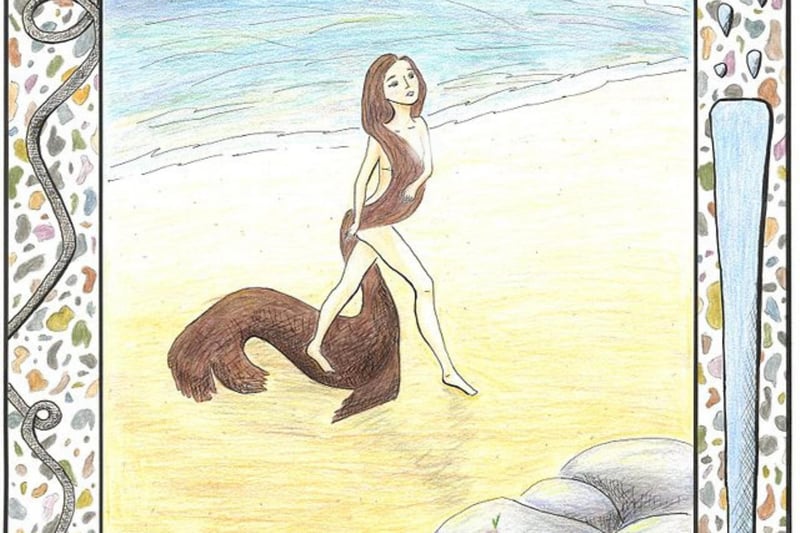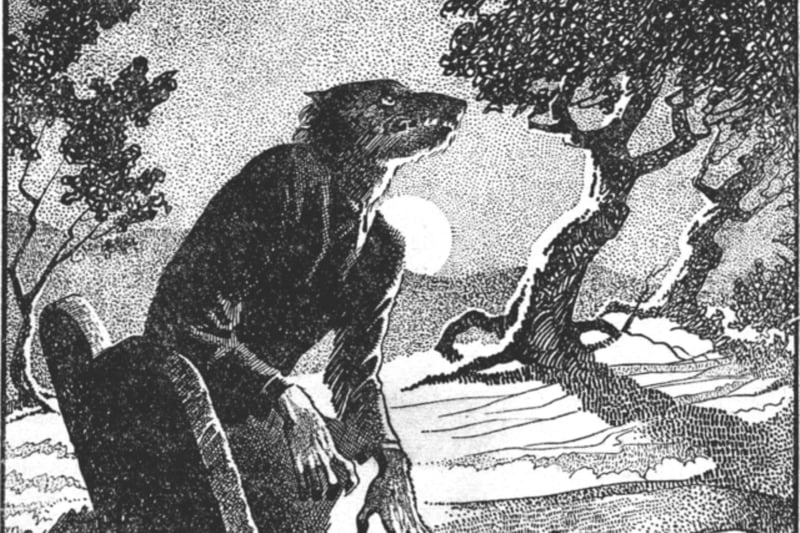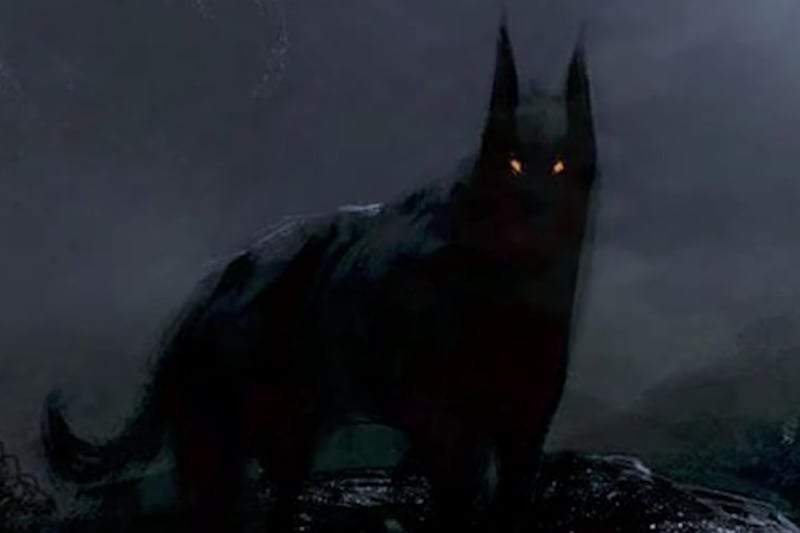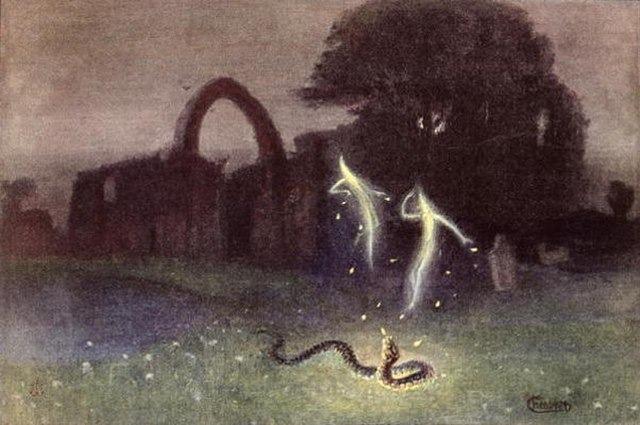Scottish mythology tells of many supernatural creatures that roamed the land. For millennia, tales of these beasts have been preserved via storytelling, passing the legacy by word onto successive generations over centuries. Nowadays, such myths have been cemented in writing, offering a more concrete view of the tales our ancestors shared.
“Celtic” may be thought of as describing a ‘spectrum’ of cultures that share similar languages, beliefs and traditions, so you may find variants of these myths from multiple sources.
Discover more about these Scottish mythical beasts with Carl’s Lingo Kingdom (as seen above), or continue reading for 17 mythical Scottish creatures that have evoked fear in Scotland since ancient times.

1. Selkies (Gaelic: maighdeann-mhara)
Selkies are seal creatures that reside in the sea yet can adopt human forms if they shed their seal coats on land. They are described as very attractive in human form and were known to intermarry with humans in coastline towns and villages. However, their loyalty is to the sea and they tend to return quickly, unless the human has been able to hide their seal coat which is needed for retransformation. Even if a Selkie forms a loving family on the land, they will always return to the sea if they get the chance. Photo: Carolyn Emerick (via Wikimedia Commons)

2. The Wulver
The Wulver is a humanoid wolf creature connected to the folklore of Shetland. Unlike the typical ferocity associated with werewolves, the Wulver was a benevolent creature, known to help the downtrodden. Often seen fishing, the Wulver would place free fish on the windowsills of poor families to save them from starvation. Unlike werewolves, the Wulver was never human to begin with, according to the ancient Celts. They believed he evolved from wolves, and represented an in-between stage of evolution between wolf and man. Photo: Mont Sudbury (1941) (via Wikimedia Commons)

3. Dog Fairy (Gaelic: Cù-sìth)
Described as being as large as a small cow with a distinctly shaggy coat of fur, the Cù-sìth is a mythical hound that was said to roam the Scottish Highlands’ moors. A lethal hunter, it was said that the beast could stalk its prey in total silence without being detected. When it did emit a sound, it produced three chilling barks that were audible for miles. Those who heard the noise had until the third bark to reach safety or they would drown in fear. Photo: YouTube Screenshot via Liath Wolf

4. Will-o’-the-wisps (Gaelic: Teine biorach i.e, “sharp fire”)
These are spirits that manifest as ghostly flames in the dead of the night in outdoor areas like bogs or marshes. It is often said that their presence is the result of evil spirits who wish to lead unsuspecting travellers off their correct path and into harmful positions, using their light in the darkness to lure them in. Some describe them as “mischievous spirits of the dead” or even “gnomes”, and mentions of their eerie and typically blue flame span multiple cultures. Photo: Hermann Hendrich (1823) (via Wikimedia Commons)